
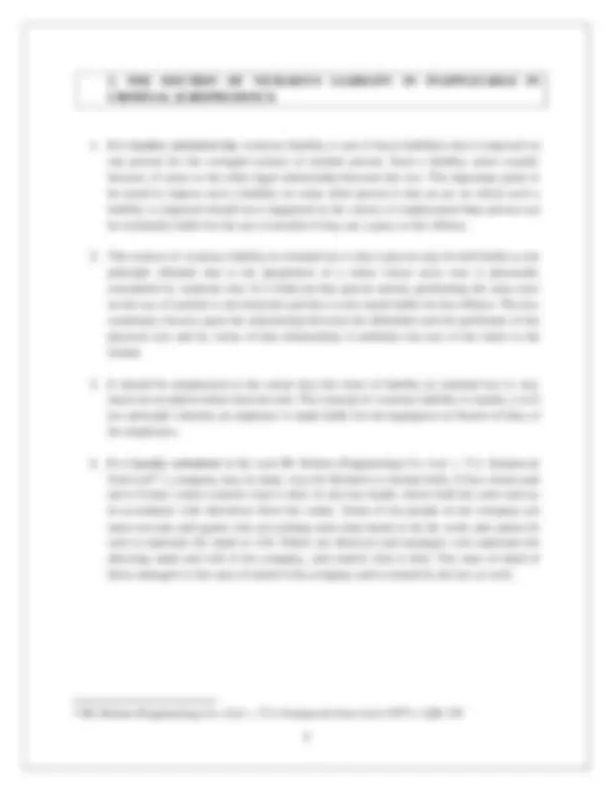
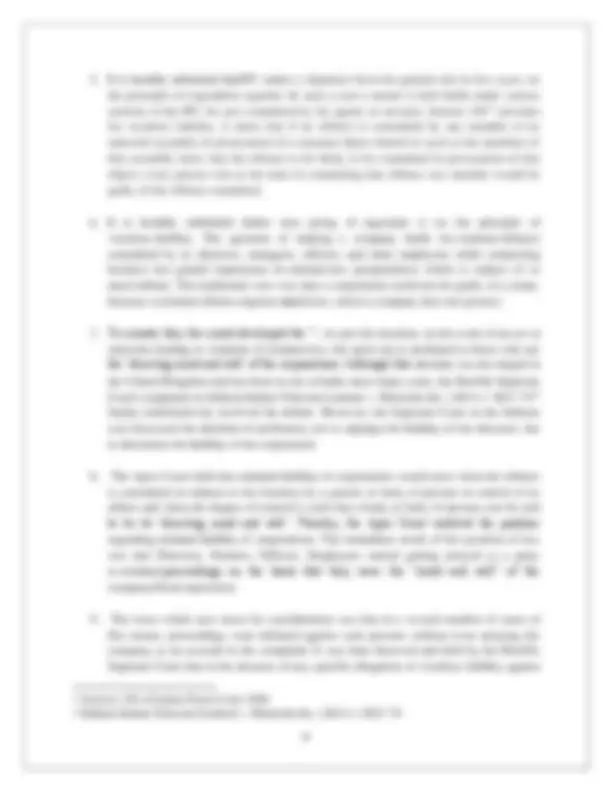
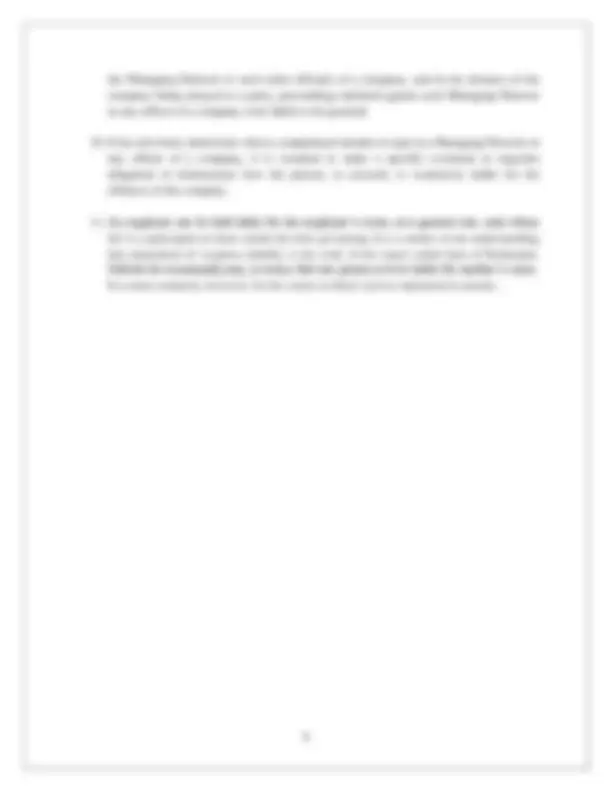
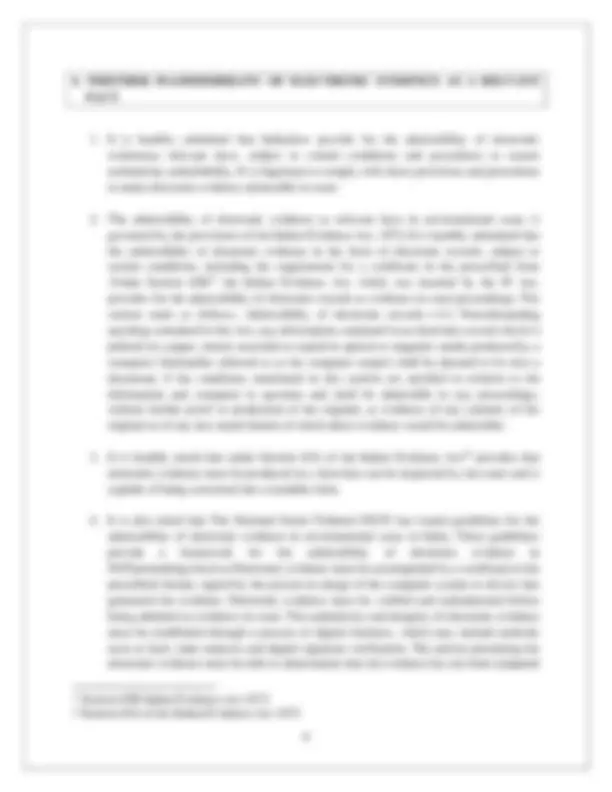
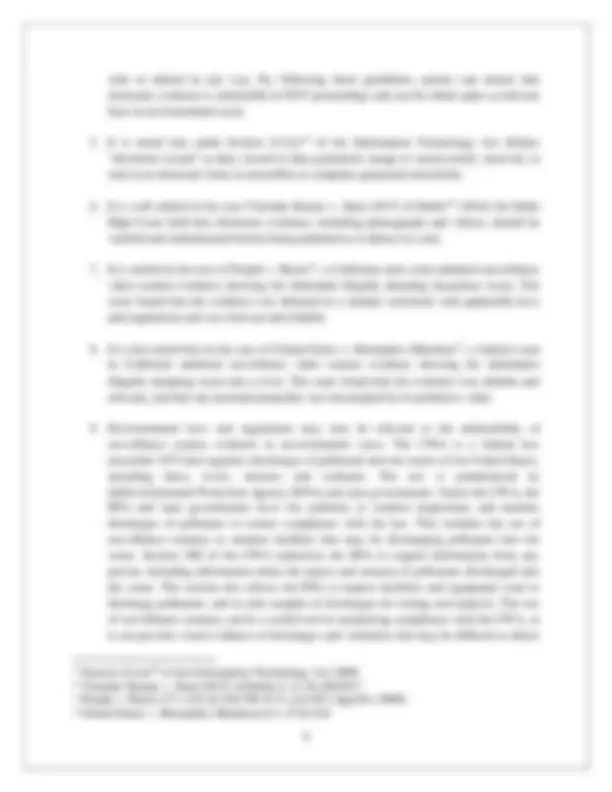
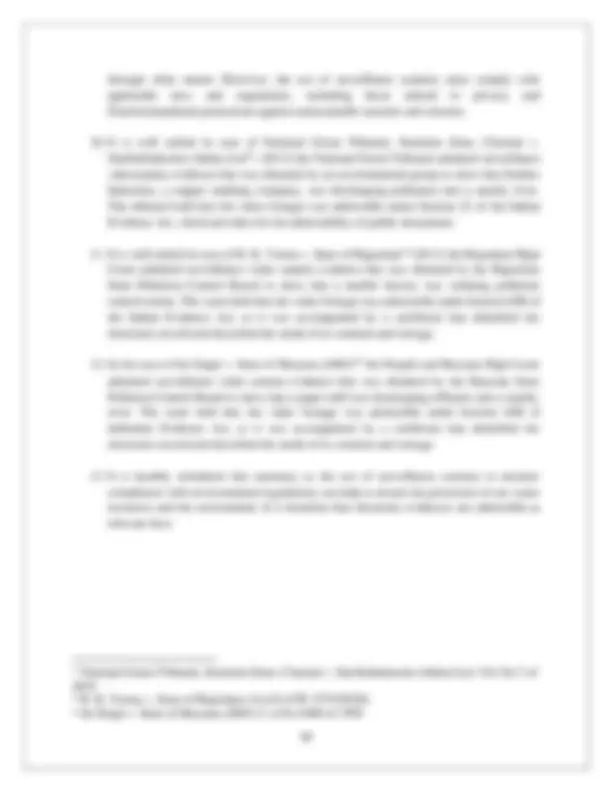
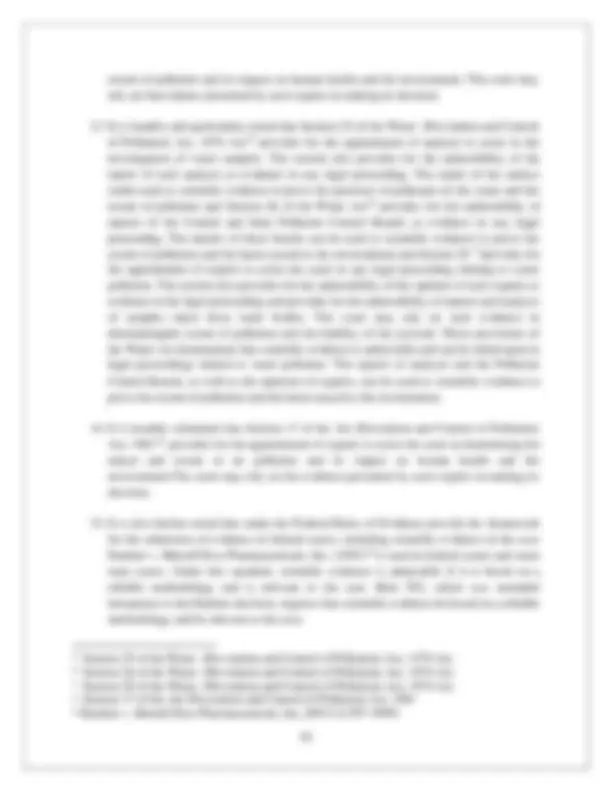
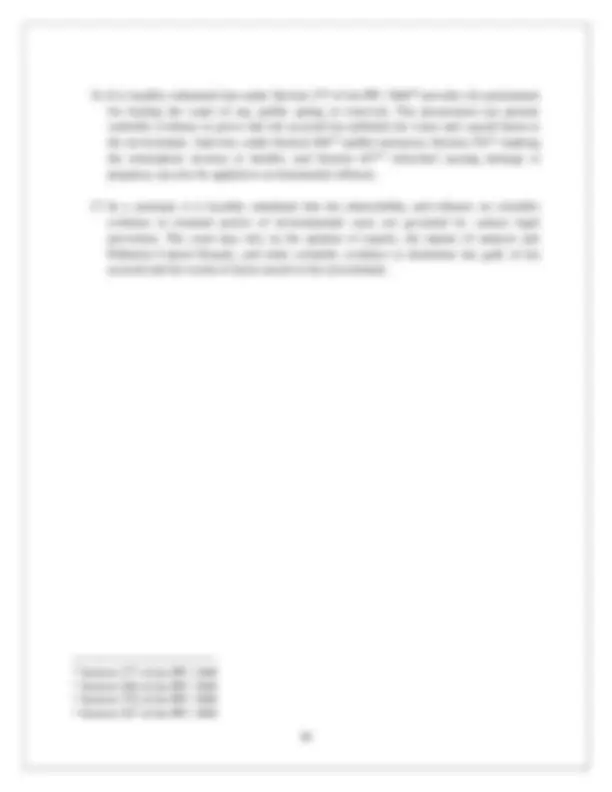
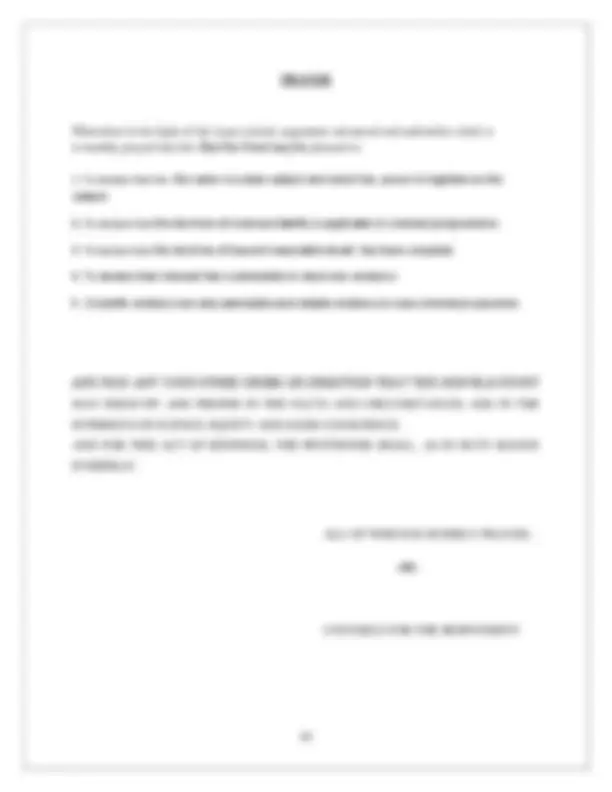


Study with the several resources on Docsity

Earn points by helping other students or get them with a premium plan


Prepare for your exams
Study with the several resources on Docsity

Earn points to download
Earn points by helping other students or get them with a premium plan
Community
Ask the community for help and clear up your study doubts
Discover the best universities in your country according to Docsity users
Free resources
Download our free guides on studying techniques, anxiety management strategies, and thesis advice from Docsity tutors
Special leave petition for orders from High Court. State can be legislate in Water subject
Typology: Papers
1 / 15

This page cannot be seen from the preview
Don't miss anything!










the Managing Director or such other officials of a company, and in the absence of the company being arrayed as a party, proceedings initiated against such Managing Director or any officer of a company were liable to be quashed.
through other means. However, the use of surveillance cameras must comply with applicable laws and regulations, including those related to privacy and FourthAmendment protections against unreasonable searches and seizures.
extent of pollution and its impact on human health and the environment. The court may rely on theevidence presented by such experts in making its decision.